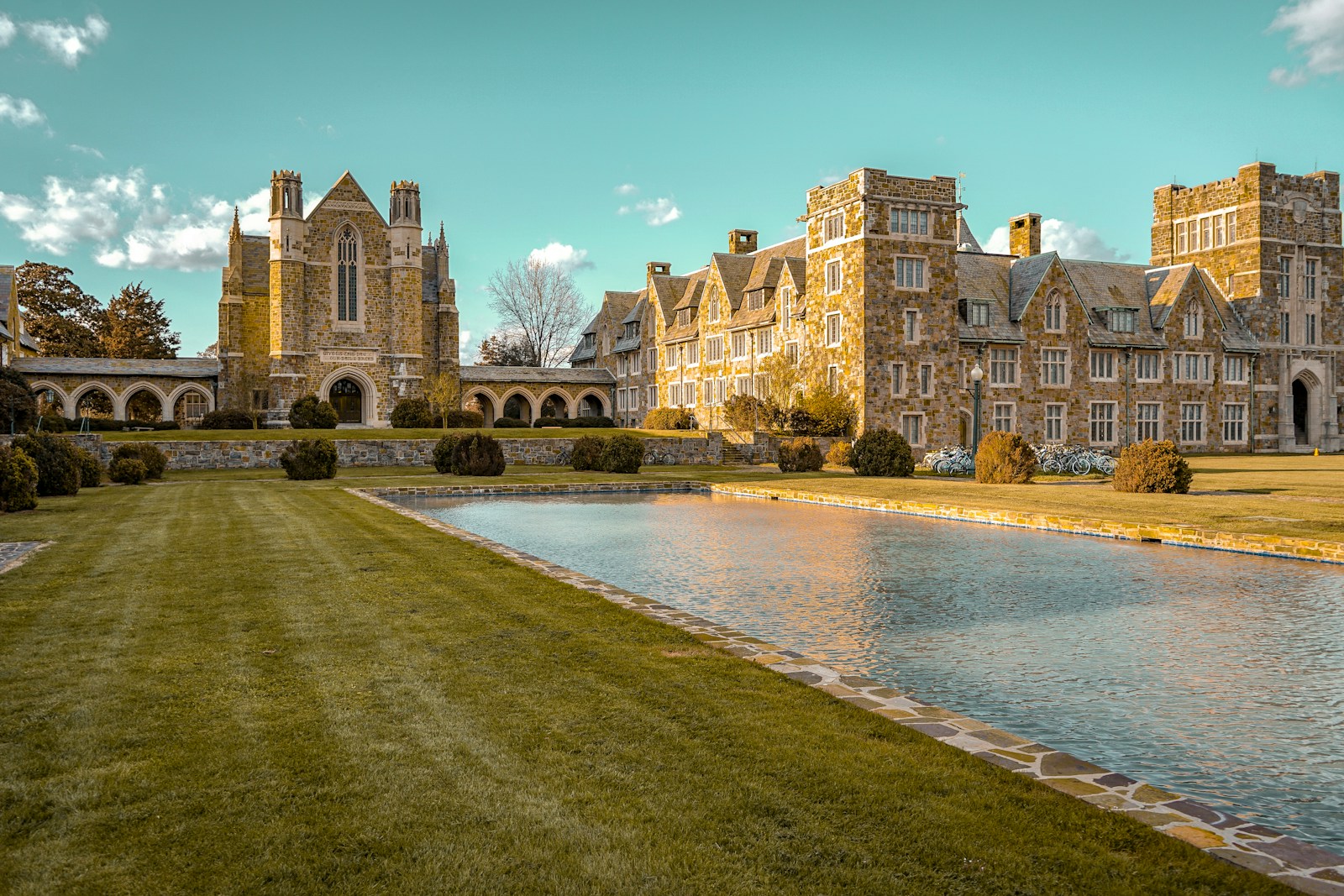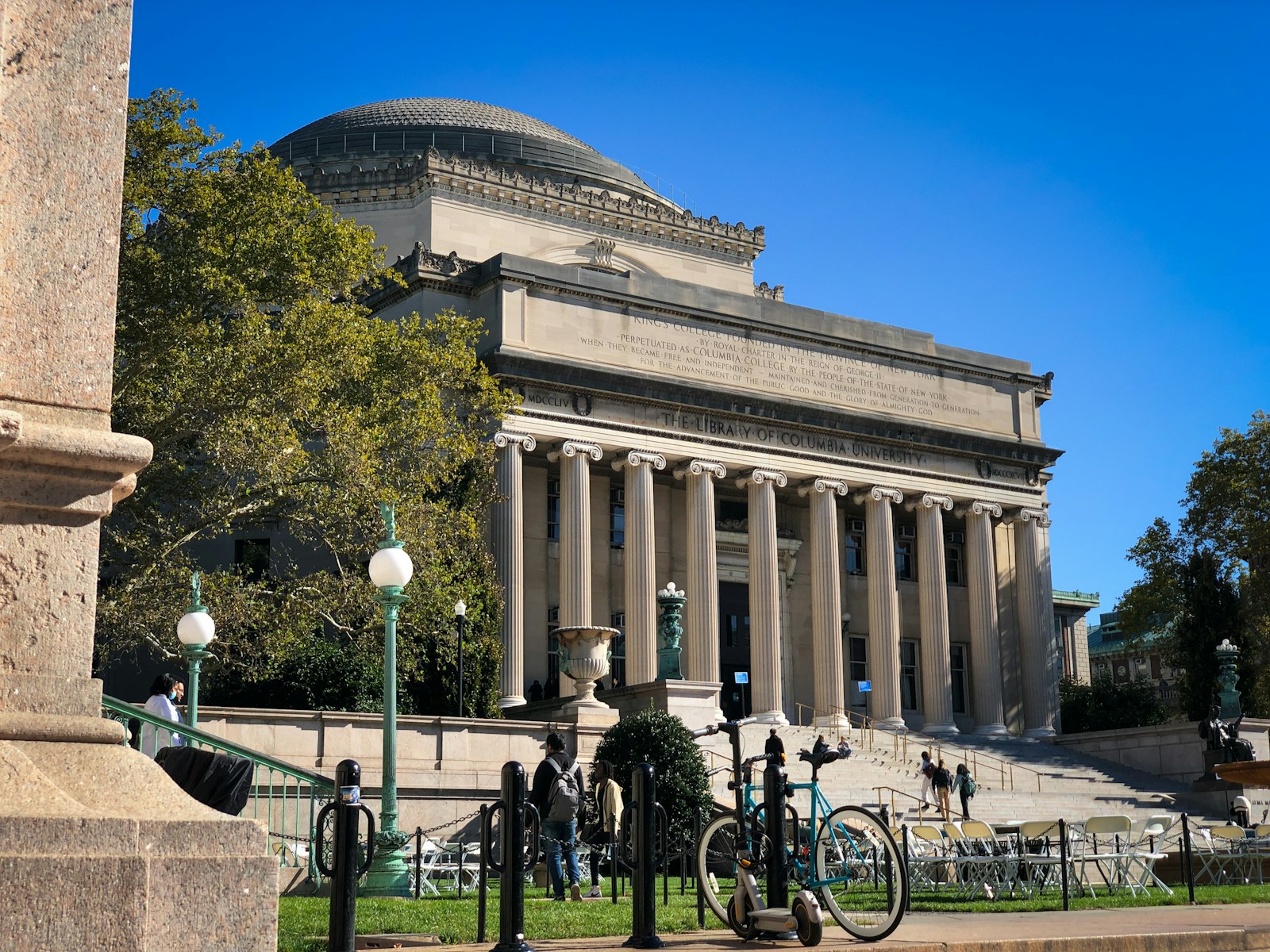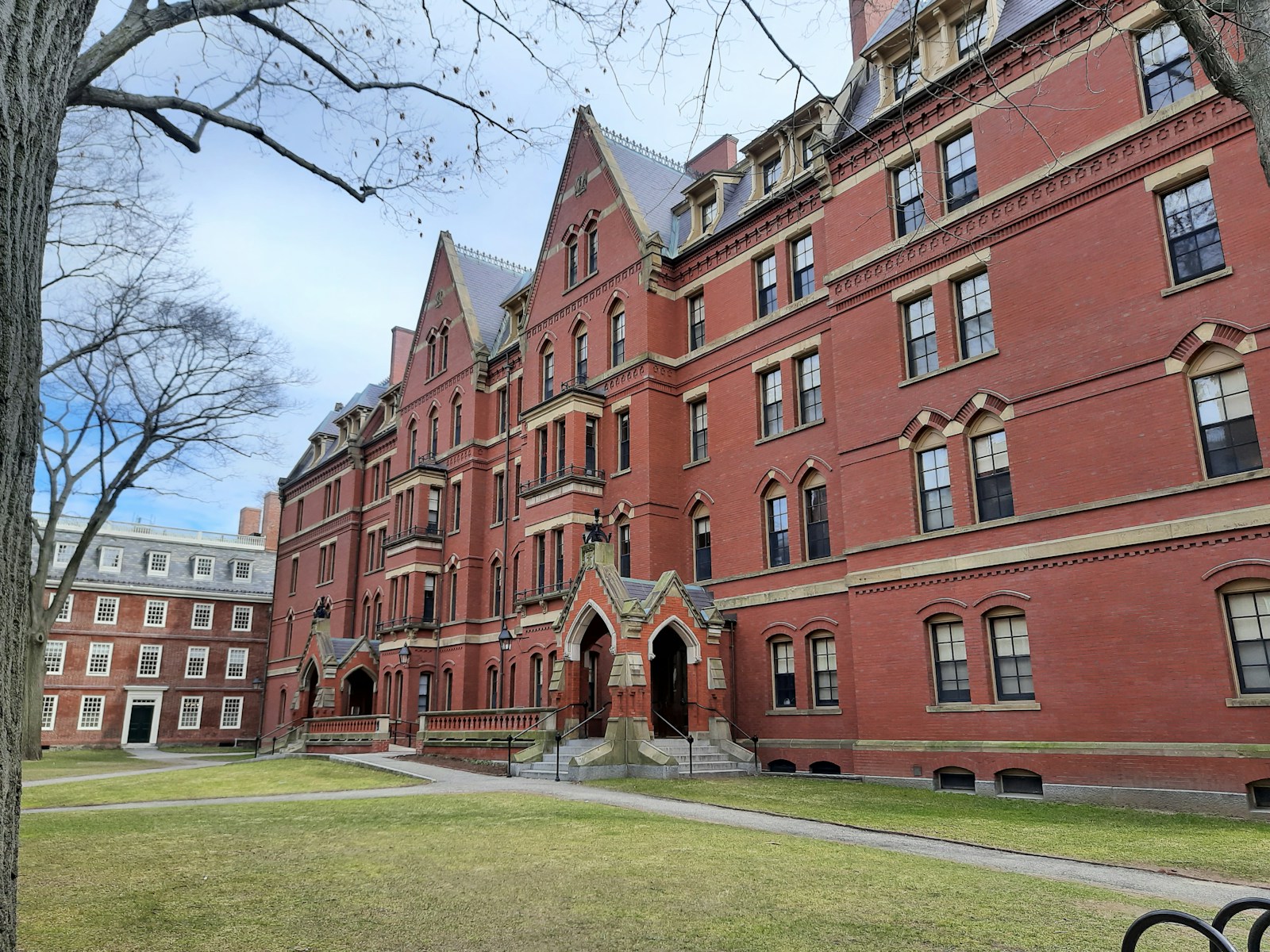An MBA from a top U.S. university is often considered a gateway to global business leadership, networking opportunities, and higher earning potential. The United States is home to many prestigious business schools that attract ambitious professionals from around the world. However, choosing the best MBA program can be challenging due to the diversity of options and specializations.
This guide will help you explore the top MBA programs in the U.S., factors to consider when choosing a business school, and how to find the one that best fits your goals.
Why Pursue an MBA in the United States?
- World-Class Education
U.S. business schools consistently rank among the best in the world. Institutions like Harvard, Stanford, Wharton, and MIT offer cutting-edge curriculum, renowned faculty, and innovative learning environments. - Diverse Specializations
Whether you’re interested in finance, entrepreneurship, marketing, data analytics, or consulting, U.S. MBA programs offer a wide range of concentrations to match your interests and career plans. - Global Networking
U.S. MBA programs provide access to extensive alumni networks, multinational recruiters, and peers from diverse cultural and professional backgrounds. - Career Opportunities
Graduates from top MBA programs in the U.S. often receive job offers from Fortune 500 companies, startups, consulting firms, and investment banks. The return on investment can be significant.
Top 10 MBA Programs in the United States
Here is a list of highly regarded full-time MBA programs based on academic reputation, employment outcomes, alumni success, and global recognition.
- Harvard Business School (HBS) – Harvard University
Location: Boston, Massachusetts
Program Length: 2 years
Notable for: Case method teaching, leadership development
Average GMAT: 730
Employment Rate: 95% within 3 months
- Stanford Graduate School of Business
Location: Stanford, California
Program Length: 2 years
Focus: Innovation, entrepreneurship, tech leadership
Average GMAT: 738
Strong links to Silicon Valley
- Wharton School – University of Pennsylvania
Location: Philadelphia, Pennsylvania
Program Length: 20 months
Best for: Finance, analytics, global strategy
Dual-degree options available
- MIT Sloan School of Management
Location: Cambridge, Massachusetts
Strengths: Technology, entrepreneurship, data science
Offers: MBA, EMBA, and specialized Masters
High ROI for tech careers
- Chicago Booth School of Business
University: University of Chicago
Noted for: Analytical thinking, finance, economics
Flexible curriculum and strong quantitative focus
- Columbia Business School
Location: New York City, New York
Advantage: Access to Wall Street and global firms
Focus areas: Finance, consulting, marketing
Mid-career switching opportunities
- Kellogg School of Management – Northwestern University
Location: Evanston, Illinois
Strengths: Marketing, leadership, teamwork culture
Dual degree and one-year MBA options
- Haas School of Business – UC Berkeley
Location: Berkeley, California
Focus: Innovation, sustainability, tech integration
Access to startups and tech giants in the Bay Area
- Yale School of Management
Location: New Haven, Connecticut
Interdisciplinary focus: Business and society
Strong emphasis on ethics and public leadership
- Tuck School of Business – Dartmouth College
Location: Hanover, New Hampshire
Known for: Close-knit community, general management
Excellent alumni support and consulting placements
Factors to Consider When Choosing an MBA Program
- Accreditation
Ensure the program is accredited by bodies like AACSB (Association to Advance Collegiate Schools of Business), which guarantees quality and recognition worldwide. - Curriculum and Specializations
Different programs offer unique strengths. Choose one that aligns with your long-term goals, whether it’s technology, entrepreneurship, healthcare management, or international business. - Return on Investment (ROI)
Compare tuition costs with post-graduation salaries and placement rates. Top U.S. MBAs can cost over $200,000, but most graduates report significant salary increases. - Location
The city and region influence job opportunities and internships. For example:
New York and Chicago are finance hubs
San Francisco is ideal for tech and startups
Boston is known for biotech and consulting
- Class Profile
Review the average GMAT/GRE scores, years of experience, diversity, and global representation in the class. A diverse cohort enriches your learning experience. - Alumni Network
A strong alumni network can open doors to job referrals, mentorship, and startup funding. - Career Services
Check placement statistics, top recruiters, internship assistance, and average salaries offered to graduates.
How to Find the Right MBA for You
Step 1: Define Your Career Goals
Are you looking to pivot into a new industry? Grow within your current company? Start your own business? Your goals should shape your MBA choices.
Step 2: Shortlist Schools
Narrow down a list of 5–10 schools based on your preferences, budget, and test scores. Research each school’s:
Average GMAT scores
Work experience requirements
Interview process
Scholarship opportunities
Step 3: Attend Info Sessions and MBA Fairs
Many universities host virtual and in-person events to introduce prospective students to their programs. This is a great opportunity to interact with admission officers, faculty, and alumni.
Step 4: Connect with Current Students
Talking to current MBA students can provide insight into campus culture, workload, and internship opportunities.
Step 5: Evaluate Scholarship and Financial Aid Options
Top business schools offer both merit-based and need-based scholarships. External scholarships and fellowships are also available for international students.
Application Essentials
Here’s a quick checklist of what most top MBA programs require:
Bachelor’s degree from an accredited institution
GMAT or GRE scores
TOEFL or IELTS scores (for non-native English speakers)
Resume with work experience
Statement of Purpose (SOP) or personal essays
Letters of recommendation
Application fee (usually between $150–$250)
Optional video or in-person interview
Start early. Most top schools have multiple application rounds from September to April for the following academic year.
Final Thoughts
Choosing the best MBA program in the United States involves more than just rankings. It’s about finding a school that matches your personality, goals, and learning style. Whether you aim to work on Wall Street, launch your startup in Silicon Valley, or become a global leader, an MBA from a top U.S. school can be your launchpad.
Take time to research, connect, and reflect. Your MBA journey is a significant investment in your future. Make it count.



